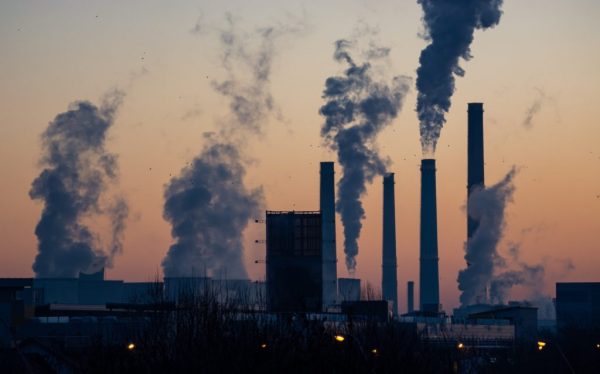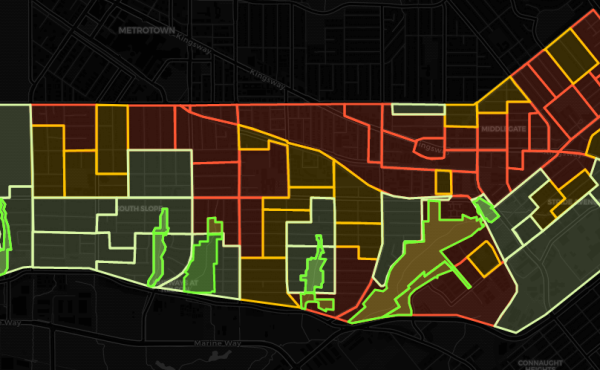We all know air quality can sometimes be imperfect. The smells and aromas produced by traffic, businesses and industry, and thousands—if not millions—of people living in close proximity can combine to produce an olfactory experience that’s less than pleasant.
Enter Naomi Zimmerman and Amanda Giang, a pair of UBC researchers who are studying the different scents that permeate Metro Vancouver. They’re seeking the public’s help to map this “smell scape” through a new odour tracking app, called SmellVan.
Zimmerman is an assistant professor of mechanical engineering who studies air quality; she’s also a Canada Research Chair in sustainability. Giang is an assistant professor in mechanical engineering and at the Institute for Resources, Environment and Sustainability, whose work focuses on environmental policy. We spoke to them about their research.
Why is smell so important?
Naomi Zimmerman: As anyone who has experienced a bad smell can likely tell you, experiencing odour can be unpleasant. Historically, we have treated smells as a “nuisance” rather than something that might affect our health. There’s a lot we don’t know about the relationship between odour and health.
Amanda Giang: Some smells can also indicate the presence of other, health-harming air pollutants—either because they’re emitted by the same sources, or because the smelly substances can be transformed into the harmful pollutants in the atmosphere. These linkages between odour and poor air quality are another important dimension of our research.
Tell us about the new app you’ve developed for tracking unpleasant smells.
Zimmerman: Smell Vancouver, or SmellVan, is a web-based app that can now be accessed at smell-vancouver.ca. We want to know when and where people in Metro Vancouver experience bad odours in their outdoor environment. Through SmellVan, members of the public have the opportunity to log odours and report on any health effects they are experiencing. We hope to identify odour “hotspots” in the region so we can take a closer look at these areas from an air quality perspective.
I’m an air quality scientist by training, so I plan to use the findings to decide on locations for air contaminant sampling with my team’s mobile van (the Portable Laboratory for Understanding human-Made Emissions, or PLUME for short). Essentially, we want to see if there are links between odour and air quality that might explain some of the health impacts experienced.
The SmellVan app doesn’t replace the typical odour complaint process, so if you want to formally complain about odours, you can submit your concern to Metro Vancouver here.
Submitting a formal complaint will allow the air quality regulator to determine the source and get them to reduce their emissions of odorous air contaminants.
Giang: We’re also hoping to use these smell reports and air quality measurements to help us ground-truth our air quality computer models and estimates of odour and air contaminant emissions. We can then use the models and estimates to explore how changes in policy and practice might impact air quality and the smellscape for local communities.
Examples of smell tracking apps from other cities have shown that, in addition to improving our understanding of air quality patterns and drivers, engaging residents directly to document their smell experiences and see what their neighbours are experiencing can be empowering, validating, and support data-driven advocacy.
Anything else?
Zimmerman: We’re really excited about launching this app, since it’s a quick and easy way for local residents to let us know about their experiences with odour and their health. While our focus is on the relationship to air quality, we’re also collaborating with the BC Centre for Disease Control and Metro Vancouver as they’re both interested in odour and its impacts.
***
You can visit the Smell Vancouver here.



